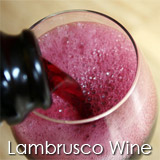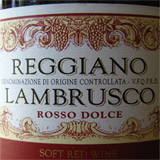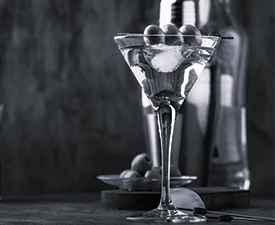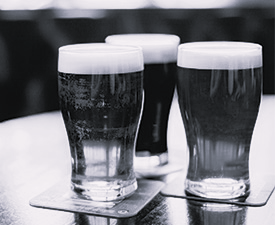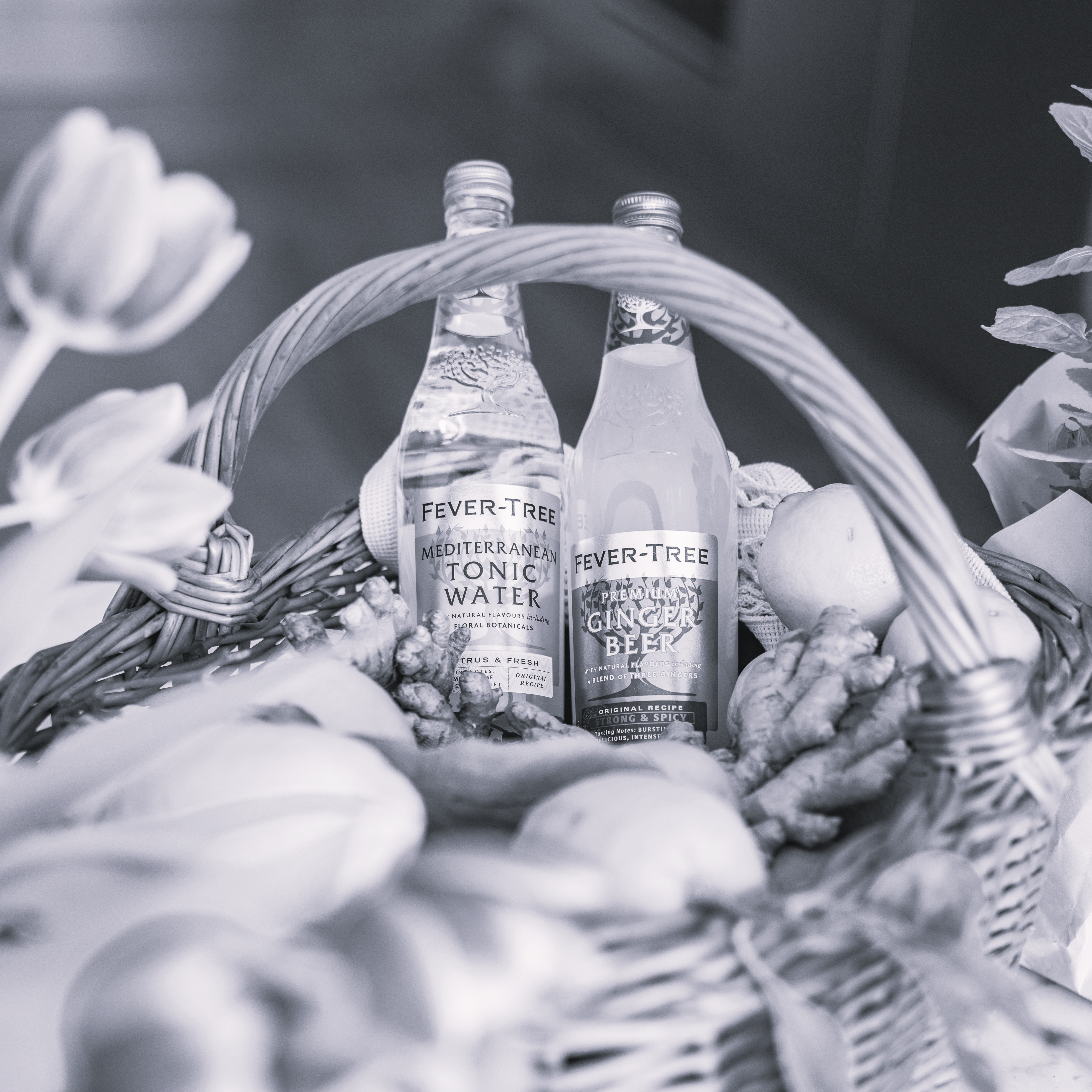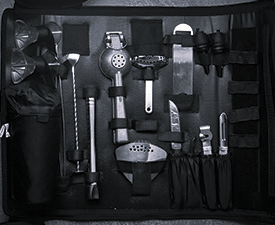Lambrusco is both the name a red wine grape and an Italian wine made principally from the same grape. The grapes and the wine originate from four areas in Emilia-Romagna and one in Lombardy, mainly around the central provinces of Modena, Parma, Reggio nell'Emilia, and Mantua. The grape has a long winemaking history with evidence showing the Etruscans cultivated the vine.
The most highly rated of its wines are the frizzante (slightly sparkling) red wines that are designed to be enjoyed young from one of the five Lambrusco DOC regions: Lambrusco Grasparossa di Castelvetro, Lambrusco di Sorbara, Lambrusco Salamino di Santa Croce, Lambrusco Reggiano, and Lambrusco Mantovano.
The 6 most commonly found grape varieties are; Lambrusco Grasparossa, Lambrusco Maestri, Lambrusco Marani, Lambrusco Montericco, Lambrusco Salamino and Lambrusco Sorbara, and all are indigenous to Emilia. The grape itself is not particularly sweet but many of the sweet Lambrusco wines are made by either partial fermentation or with the addition of the sweeter Ancellotta grapes to the final blend. When fermented dry, the Lambrusco grape is capable of producing a wine with strawberry notes and a slight bitter finish. Today over 60 varieties of Lambrusco grape have been indentified, scattered throughout Italy including; Piedmont, Sicily and Veneto.
Although traditional Italian Lambrusco was produced as a sweet wine, today there are various levels of sweetness / dryness, including secco (dry), amabile (off-dry / slightly sweet) and dolce (sweet). The wine is also noted for high acidity and bright berry flavours. Today the wine is rarely made in a 'champagne' style. It is typically made using the Charmat process where second fermentation is conducted in a pressurized stainless steel tank. Lambrusco wines still have an enviably high profile - even though wine quality is not what is once was - still it must be made from at least 85% Lambrusco grapes, with the remaining 15% often being made up with the Ancellotta grape.
